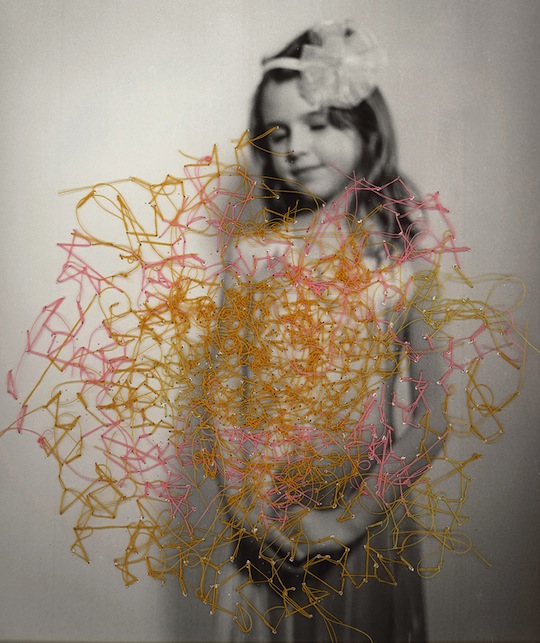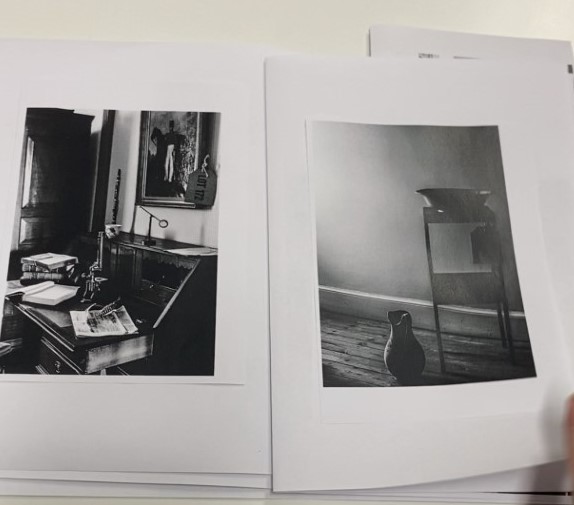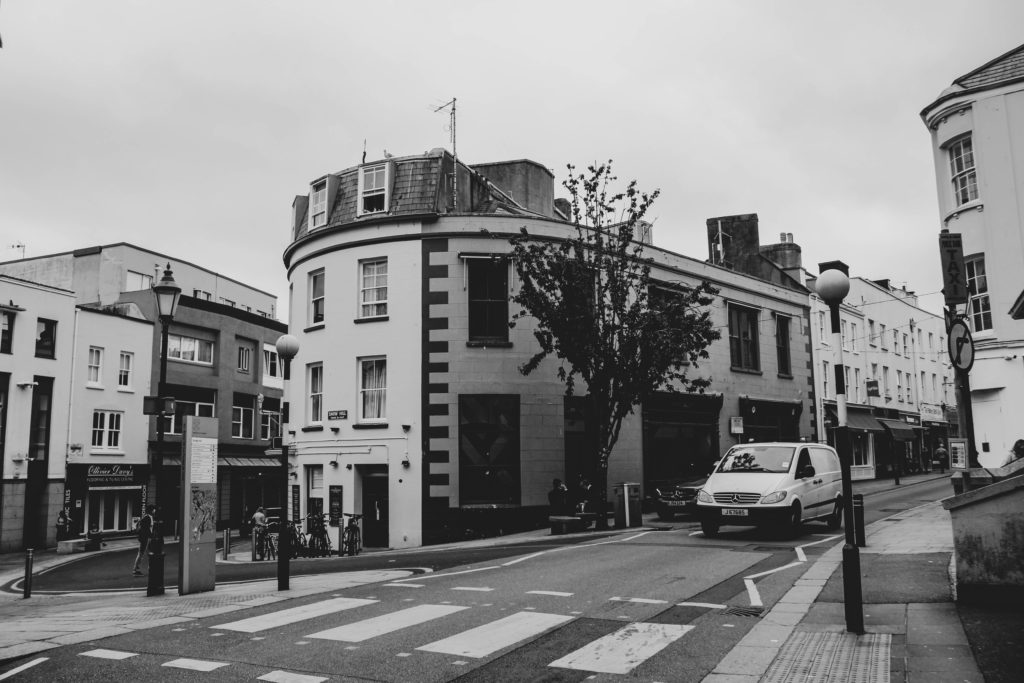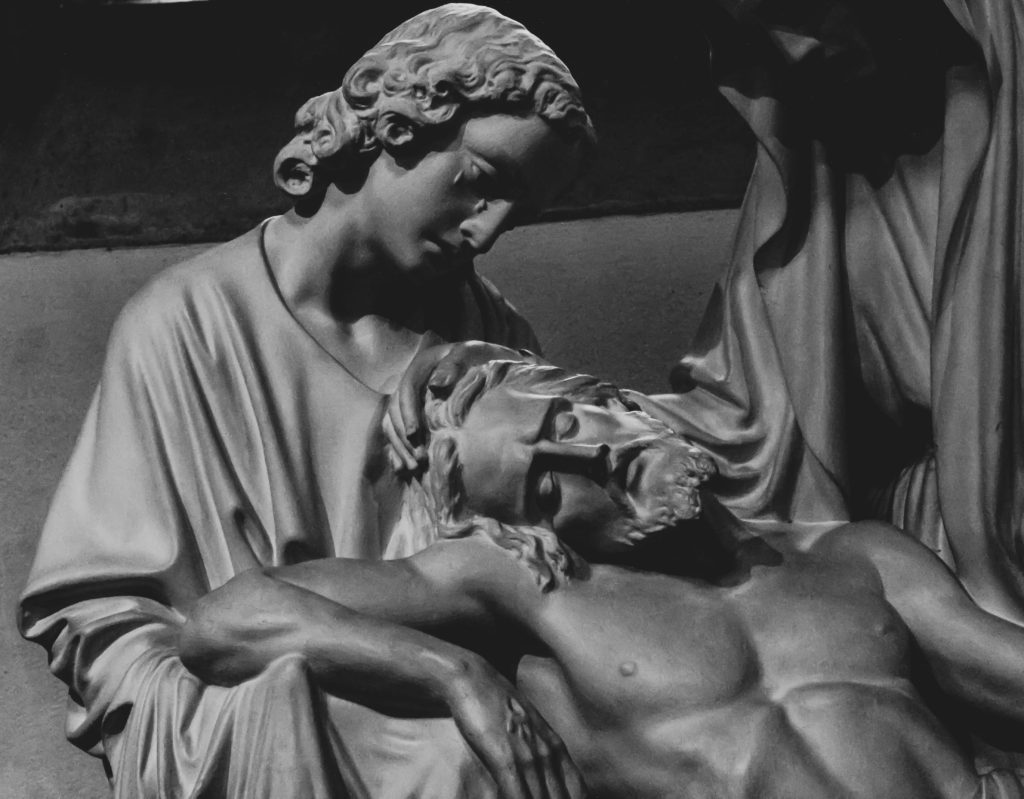During our first year of photography, we were given many different tasks and projects as a way to explore types of photography. It also gave us the chance to discover our strong points and weaker points within the subject as well as what we enjoyed. Personally, I would say that both my strong point and what I enjoy are both portraiture. What I like about it is being able to manipulate the appearance of someone, I think its very interesting that you can completely change the way someone is perceived by changing a setting in your camera, changing lights and changing colours. Of course this can be done with anything- objects, landscapes, however it being another human being creates a different connection to an audience. Recently we were given the opportunity to explore new things such as Animation, Film-making and embroidery. Animation and film making are a good stem from photography and were fun and interesting to look at, it allowed us to stake a step into those worlds to see if thats what we enjoyed- which is just how school should be. However, i personally enjoyed embroidery the most. As an art student, being able to physically alter imagery and making it 3D to the touch can bring life to a simple photograph. It can bring meaning, colour, and it can create a stronger tie between you and your photography turning it from digital to a physical piece of work.
Below is what I think was a few of my best works over the year (not in any order and chosen at random from different projects). After placing them onto this blog post I noticed the pattern of black and white. Although coloured images can creating meaning and hold just as much significance, I feel that black and white can allow photographs to focus on the subject of them, becoming less about aesthetic and more about context and although taking pictures purely as a way to please the eye is a huge part of photography, taking pictures with deeper meanings is powerful and that is what I love.
Of the many photographers I have looked at or studied, one of my favorites and most intriguing to me would be Wynn Bullock, specifically this image:

This image caught by Wynn was the one that caught my eye. When looking at this image what I saw was a cliff on a foggy day, taken from a distance, but after researching I realised that it wasn’t a cliff at all, the ‘trees’ are actually a form of seaweed that grow on grouped rocks that you find on the beach. So this image is actually a close up of some rocks, taken with a slow shutter-speed as the water flows and crashes on them. The reason why I liked this image so much is not only because I found so much to write about, but also because it shows how misleading photography can be, how well you can hide true meaning from an audience. I also looked a lot deeper into the image which you can look in the link below.
For my personal investigation on identity and community, my initial idea is to focus on myself and my identity. Its something I’ve never really done as I prefer telling other peoples stories rather than my own. As an overall ‘final’ project before I finish school I thought it would be something interesting and different to do- including different forms of photography such as studio images, lanscapes, portraits, whatever comes to mind when I’ve decided fully what id like to do.


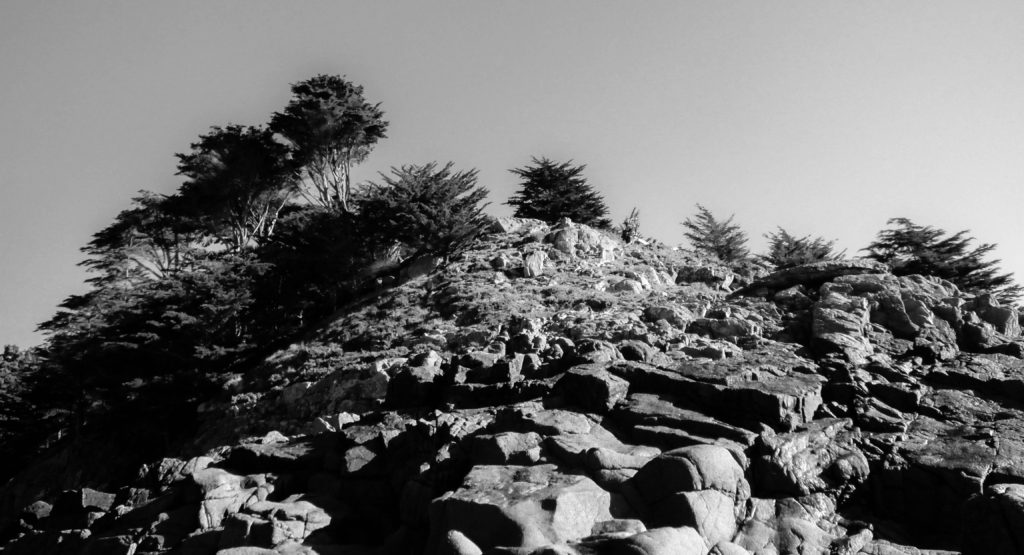






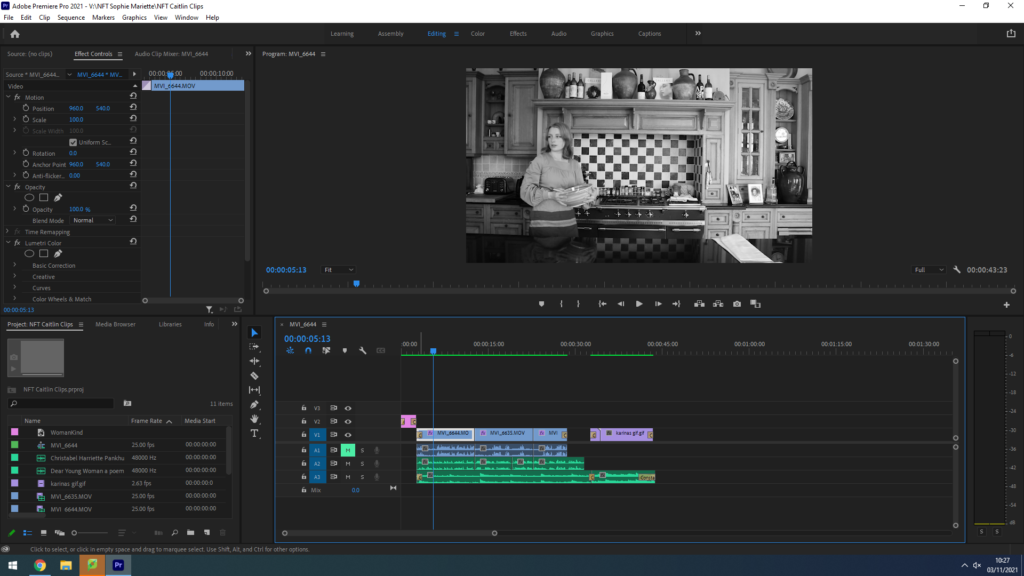

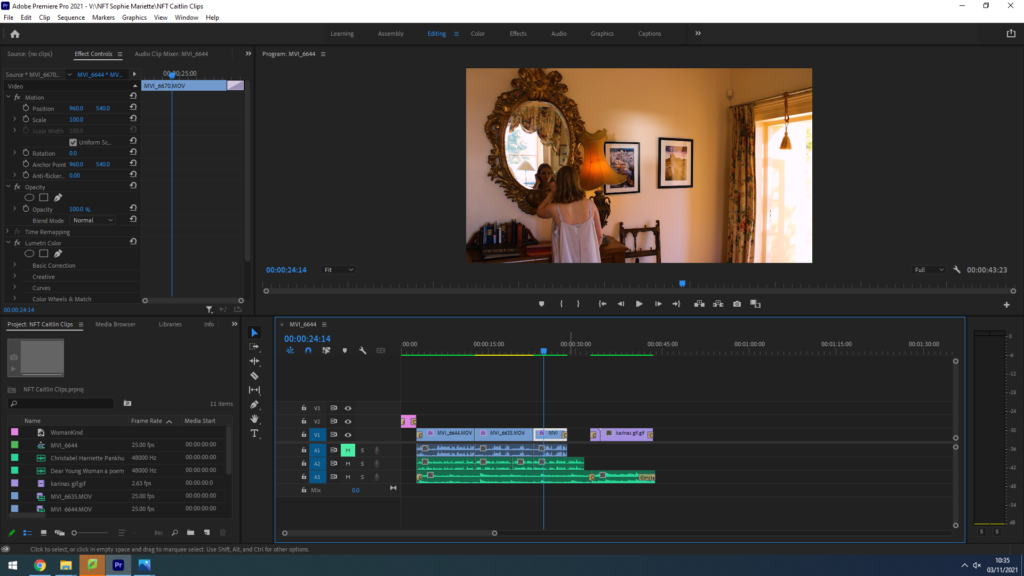

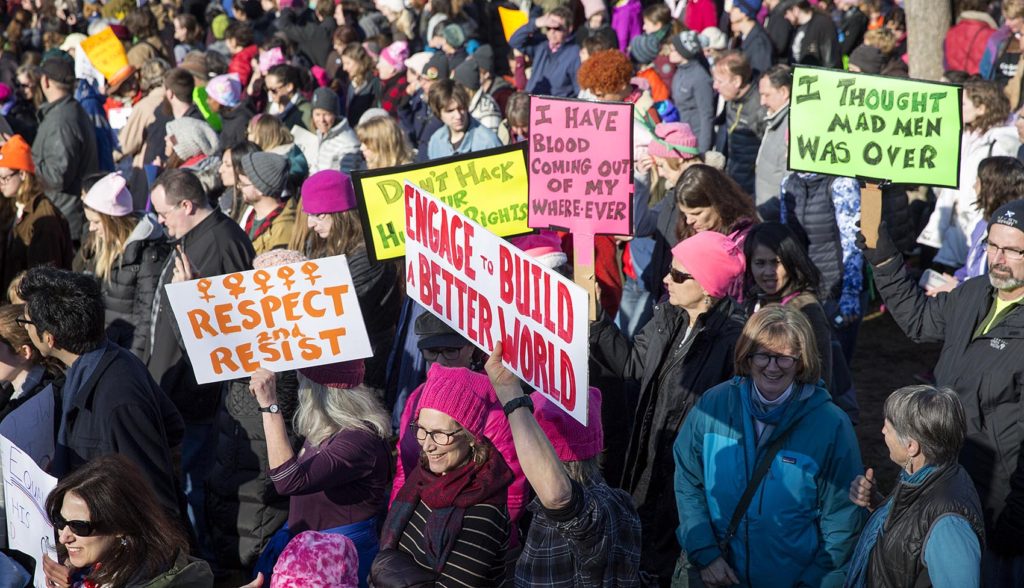


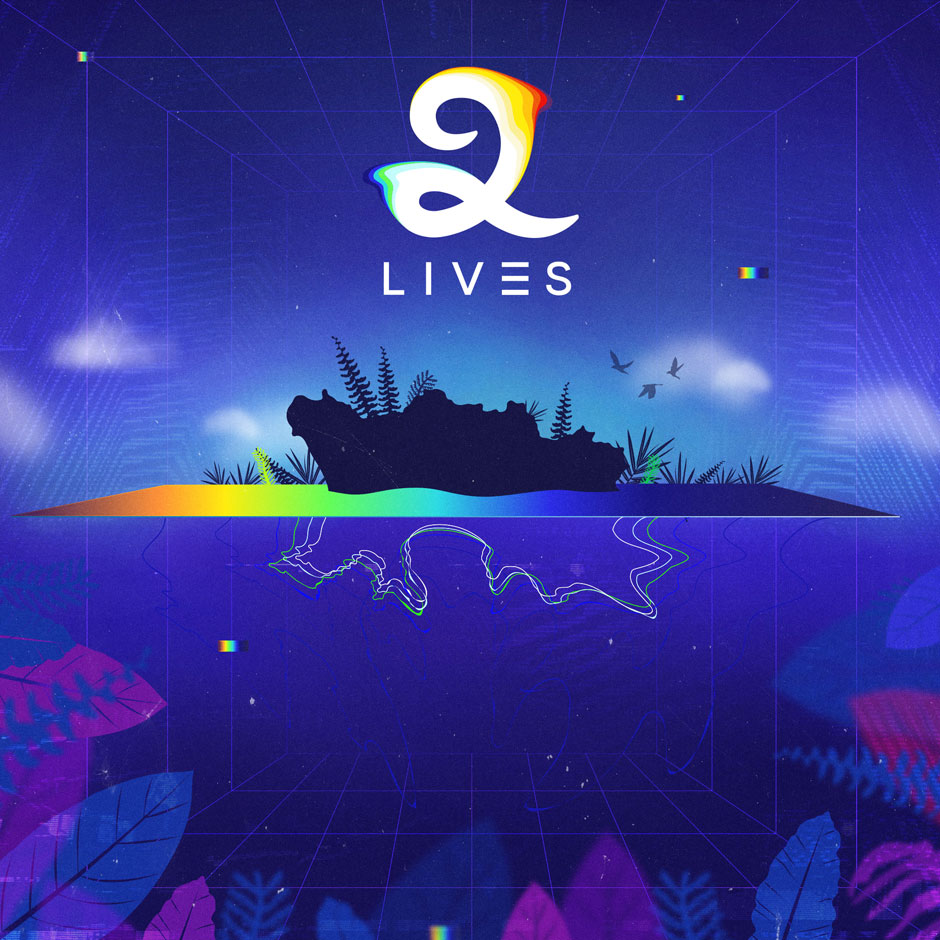
/cdn.vox-cdn.com/uploads/chorus_image/image/68948366/2021_NYR_20447_0001_001_beeple_everydays_the_first_5000_days034733_.0.jpg)
